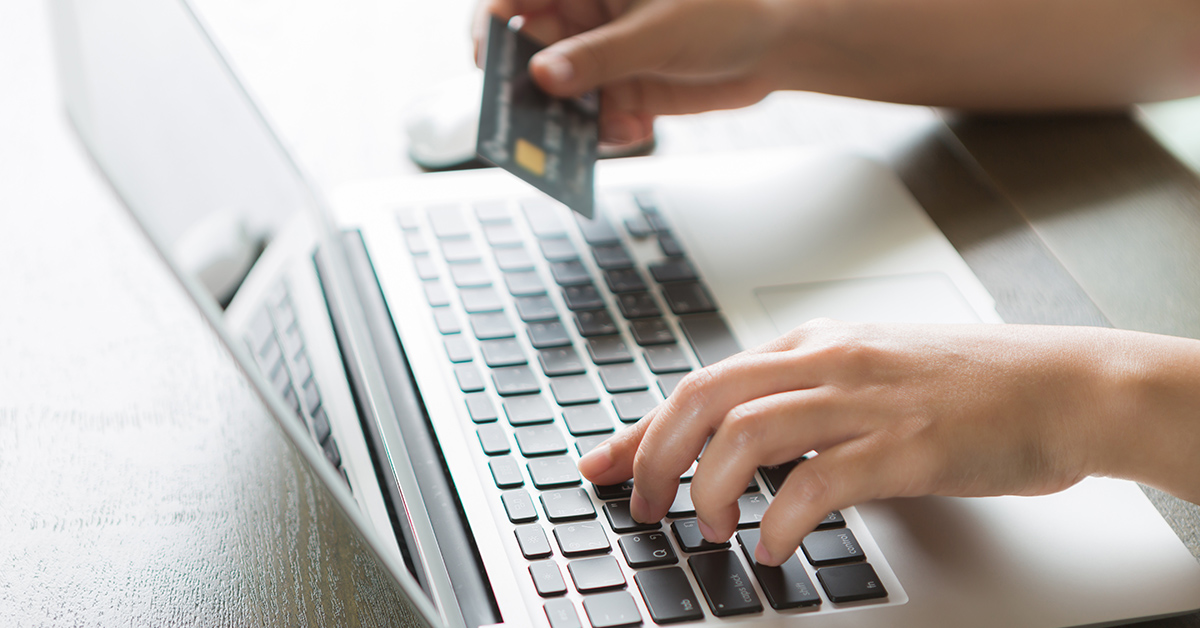Most eCommerce businesses understand the power of first impressions. Without compelling visuals, clear calls to action and fast load times, brands significantly decrease their odds of attracting and converting customers.
However, many brands overlook an essential component of their eCommerce experience: the checkout.
Although eCommerce checkouts rarely offer exciting design or functionality, they carry tremendous weight in the purchase process. As such, we want to refocus your attention on what really matters to improve your checkout experience.
eCommerce Checkout Best Practices
- One-Page Optimized Checkout
- Mobile-Friendly Buttons & Form Field Sizes
- Correct Input Fields
- Minimal Distractions
- Security Assurances
- Consistent Branding
- Alternative Payment Methods
One-Page Optimized Checkout
Thankfully, the days of pinch and zoom checkout experiences are mostly behind us. With the advent of one-page optimized checkout, users can easily understand and progress through checkout stages.
With this set up, website visitors can quickly navigate through input fields without loading additional pages. This features minimizes checkout friction by reducing page load time and removing opportunities for cart abandonment.
Overall, one-page checkout provide significant value by decreasing bounce rate and improving conversion. If you haven't implemented it yet, we highly recommend you consider exploring options for your business.
Mobile-Friendly Buttons & Form Field Sizes
Mobile users constitute a significant percentage of traffic for many eCommerce businesses. As a result, brands should build eCommerce checkout experiences that accommodate these devices.
To deliver exceptional mobile experiences, brands should design form fields at a minimum of 44 pixels high to accommodate finger sizes. Additionally, we recommend designing buttons at a minimum of 44 x 44 pixels.
Following both of these best practices eliminates the need to zoom on mobile devices and creates a seamless experience for mobile purchasers.
Correct Input Fields
Few things are more frustrating than having to backspace when incorrectly entering a phone number or email address during checkout.
To mitigate this problem, we recommend setting up your form fields to correctly accommodate number and character keyboards. This functionality will vary based on your specific checkout platforms, so we recommend speaking with a developer to confirm options for your business.
Overall, this small change can significantly reduce cart abandonment and improve overall customer experience.
Minimal Distractions
Checkout pages have one goal: to encourage customers to complete their purchases. As such, don’t give your users a reason to exit.
We recommend streamlining headers and footers to clearly direct user focus to input fields. Brands should remove additional navigation, add clear calls to action and pull cart summary down the page as users navigate.
Remember that there is a fine line between minimalism and over simplification. This distinction takes time to develop, and we recommend finding a solution that makes sense for your specific business.
By streamlining the checkout experience, brands can simplify their purchase process and empower users to complete their transactions with ease.
Security Assurances
With the rise of identity theft, online scams and cybersecurity issues, many consumers are still wary of disclosing sensitive information.
Security assurances increase store credibility and increase consumer confidence. These assurances can take form as badges or logos from Norton, Google or the Better Business Bureau (just to name a few).
Although these badges are not required, they can help ease consumer worries and increase trust. Ultimately, we recommend evaluating your specific buyers and the qualities that are important during their purchase process.
Consistent Branding
Overall, recommend creating a consistent and seamless experience throughout every aspect of your eCommerce website. This includes your store's checkout
We recommend including your logo, typography and colors to create a cohesive and seamless experience from initial landing through purchase confirmation.
Alternative Payment Methods
Alternative payment methods such as Apple Pay, Google Pay or PayPal can auto-populate payment information and shipping addresses during checkout. These tools reduce checkout friction and can improve customer satisfaction.
If you haven't considered incorporating an alternative payment method with your store, we highly recommend looking into it. BigCommerce includes this functionality natively with many of its templates, which makes installation and setup even easier.
Conclusion
Overall, it's essential to put the right amount of time and effort into your online store’s checkout process to reduce cart abandonment and increase conversion.
Still have questions or want to learn more about eCommerce checkout best practices? Feel free to reach out on our eCommerce website design service page we'll be in touch!

E-BOOK
20 Best Shopify Apps For Your eCommerce Store
Explore tags:
About the author
Subscribe to the Groove Newsletter
Get the latest updates and insights straight to your inbox



